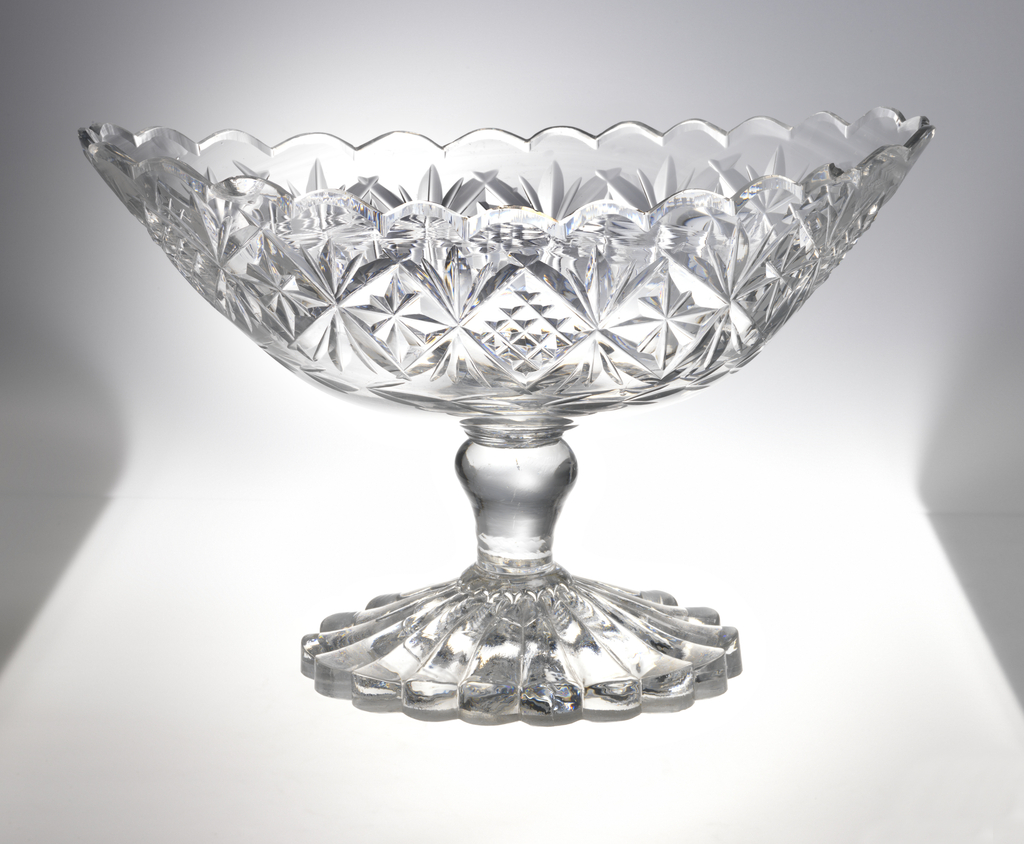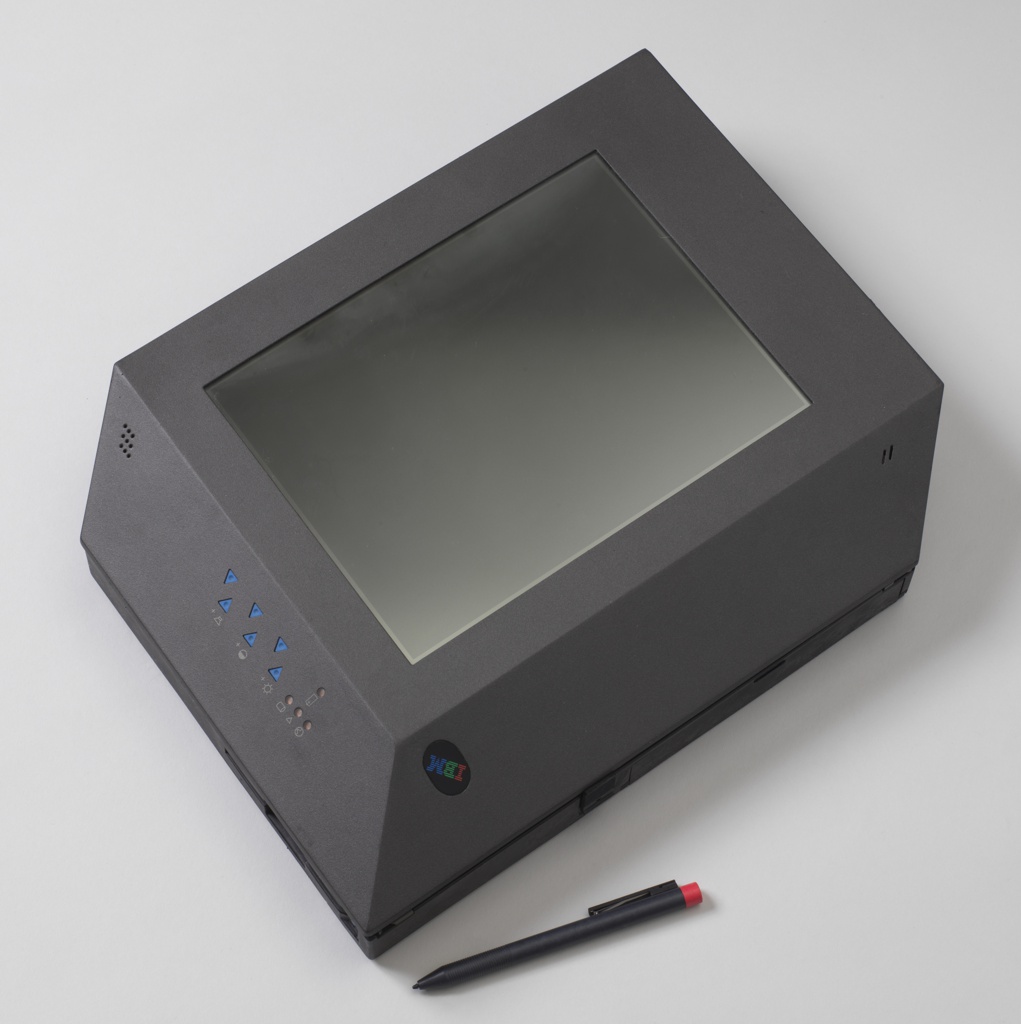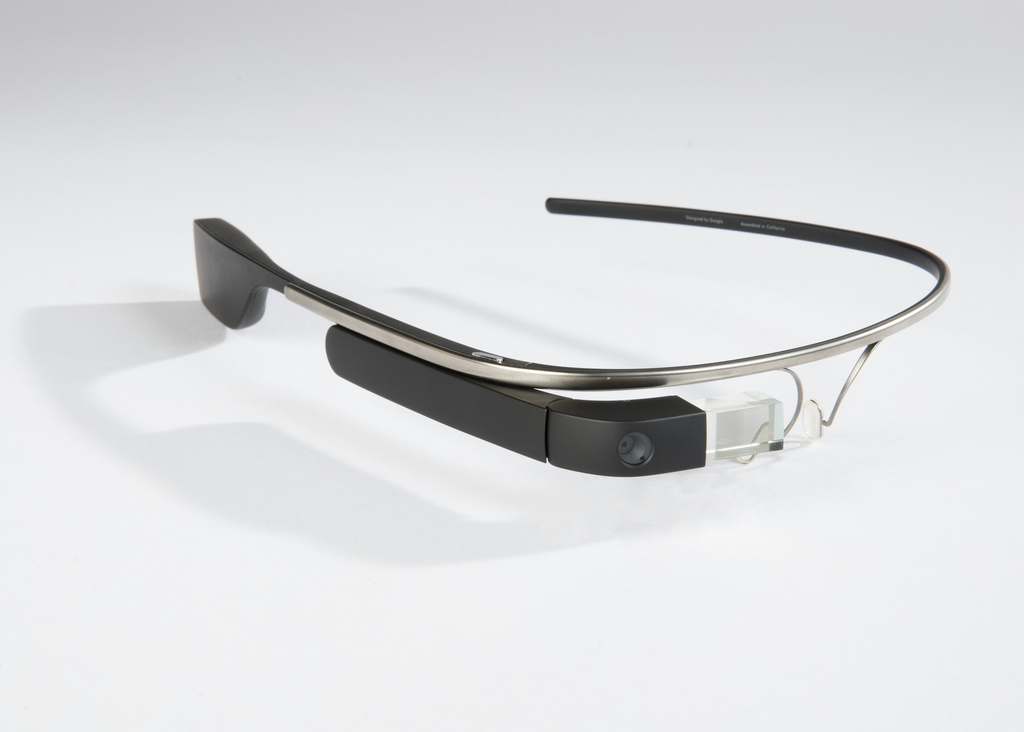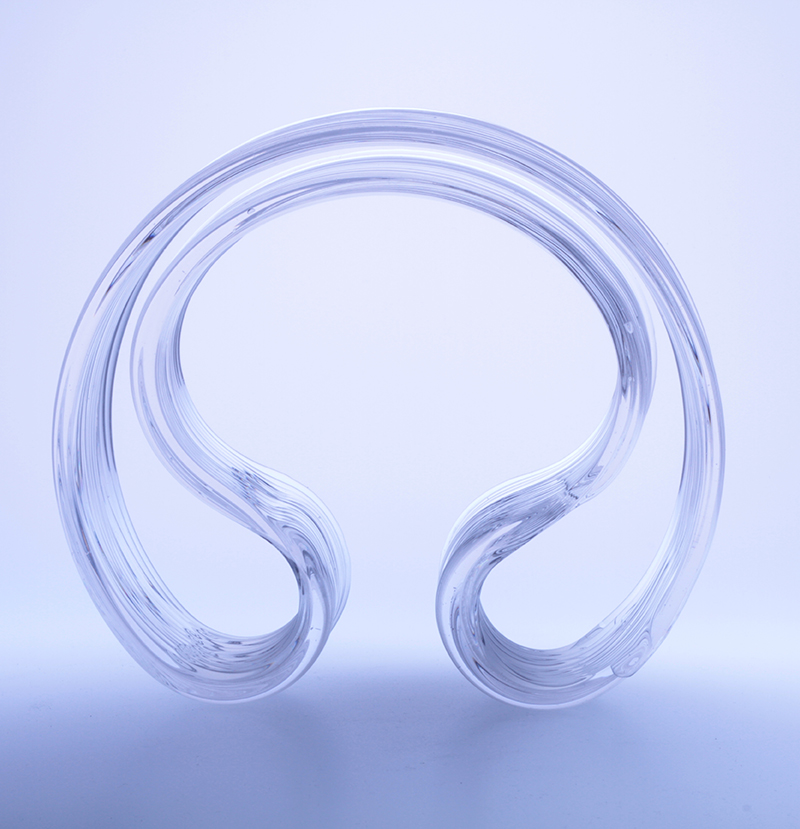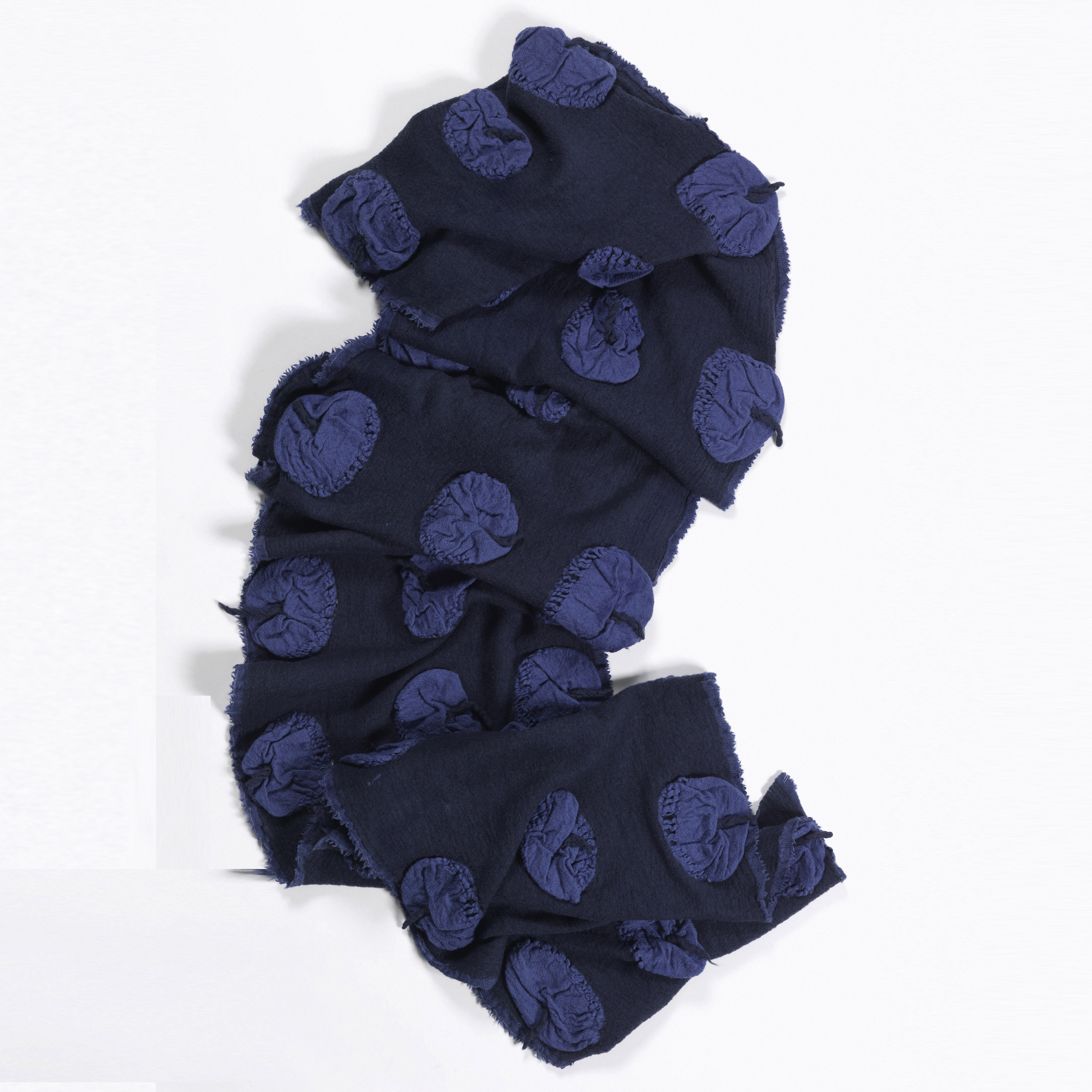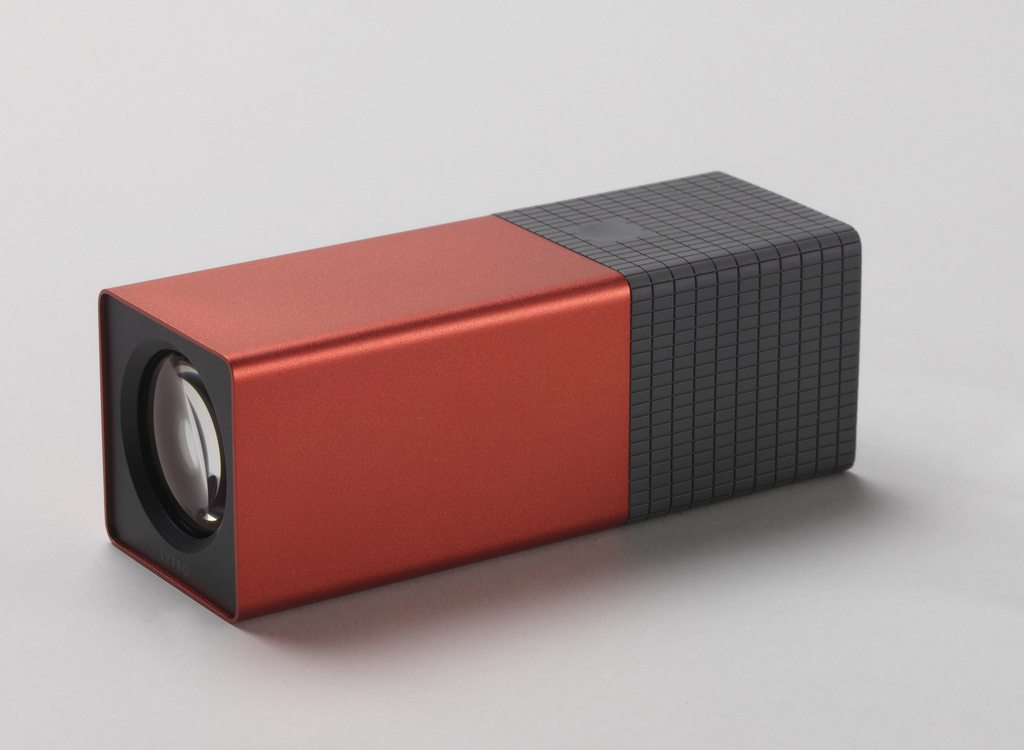How do cut glass objects differ from those created using the innovation of pressed glass and what does this have to do with celery?
This week’s posts feature case studies from Cooper Hewitt’s Digital Collections Management Project, a conservation survey of born-digital and hybrid objects in the permanent collection. The two-year project was coordinated by an in-house team of conservators, curators, and registrar, and was conducted by digital conservation specialist Cass Fino-Radin and his team at Small Data Industries....
In celebration of Women’s History Month, March Object of the Day posts highlight women designers in the collection. When Isabelle Olsson, head of Industrial Design for Wearables, arrived at Google she was given the brief to make the existing clunky Google Glass prototype (a cellphone’s motherboard, a battery, and a Pico projector all taped to...
Persistent advancements in materials and technologies, based increasingly on science as well as on the imagination of individuals, has produced a large body of work defined as contemporary design. Much of it has to do with the way things are made, often using new processes. We have mastered assembly-line mass production as exemplified by such...
Circle Square II, designed by Hideko Takahashi in 1995, exemplifies varied experiments with the shrinking and cutting of a triple-layered cloth resulting in what seems to be a single layer with appliquéd pockets. Takahashi describes her three-layer textiles as a “two-layer cake.” She distinguishes the alternating blue-and-white colored layers that comprise the “cake” by cutting...
Throughout the history of photography, advances in technology – from daguerreotype to digital photography – have continued to propel the field forward. The Lytro camera represents the first major shift in consumer photography since digital image capture was invented in 1975, and marks a significant turning point in photography’s history by offering users the possibility...
David Carlson and Peer Eriksson introduce the Designboost event Back in February, I blogged about the Designboost Web site, likening it to a periodic table of design knowledge. This time, Peer Eriksson and David Carlson were here at Cooper-Hewitt, National Design Museum to run the first BoostEvent in the United States. The theme was “Design...
DesignBoost NYC was a two-day design conference held at Cooper-Hewitt in June 2011. Thirteen speakers specializing in everything from biomechanics to filmmaking addressed the conference’s theme, “Design Beyond Design” in this series of short talks.
Necklace, Paris, France, ca 1938, emeralds, diamonds, platinum, Courtesy of a Private Collection. This necklace can be worn either way up. As curator of Set in Style: The Jewelry of Van Cleef & Arpels, I am often asked about what specific characteristics of this firm’s jewelry led to its being the subject of this exhibition...
Designers, engineers, students and professors, architects, and social entrepreneurs from all over the globe are devising cost-effective ways to increase access to food and water, energy, education, healthcare, revenue-generating activities, and affordable transportation for those who most need them. And an increasing number of initiatives are providing solutions for underserved populations in developed countries such...
Aptly described by one blogger as “Home Depot from the future,” Inventables is a store unlike any other. The materials vendor sells unusual and unreal-sounding stuff, from rubber glass to translucent concrete. Their website is intended to help designers, artists and inventors “streamline the process of innovation and explore what’s possible.” Shape memory polymer that...
One of 31 video segments featured in 'Designing Media', the new book, DVD and website by Bill Moggridge. More info on 'Designing Medi'a available at http://www.designing-media.com Chad Hurley, the founder of YouTube, describes how he designed the Web site and developed his company. Chad had noticed the success that Flickr was having in connecting people...
The Royal College of Art and Innovation has posted a new video as part of their “Innovation Night” event. This year, guest speaker Chad Hurley, founder and CEO of YouTube.com talks about building one of the top ten web services in less than a year. YouTube co-founder and CEO Chad Hurley at Royal College...
Last night at Cooper-Hewitt, Washington Post Style Editor Robin Givhan lead a conversation with past National Design Award Winners Francisco Costa (Women’s Creative Director of Calvin Klein Collection), Yeohlee Teng, and Maria Cornejo about their work and the role of fashion in contemporary culture. Their designs are all featured in Design USA: Contemporary Innovation, which...
World Bank’s Development Marketplace has started a blog to exchange and expand knowledge about innovation and social entrepreneurship for early stage development around the world. Practitioners from different backgrounds and previous winners will discuss projects, share lesson learned, tools and resources. Expanding beyond the yearly themed global competitions (such as sustainable development, water, sanitation, energy,...
